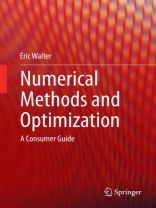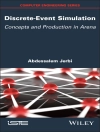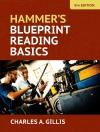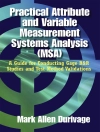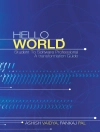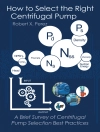Initial training in pure and applied sciences tends to present problem-solving as the process of elaborating explicit closed-form solutions from basic principles, and then using these solutions in numerical applications. This approach is only applicable to very limited classes of problems that are simple enough for such closed-form solutions to exist. Unfortunately, most real-life problems are too complex to be amenable to this type of treatment. Numerical Methods – a Consumer Guide presents methods for dealing with them.
Shifting the paradigm from formal calculus to numerical computation, the text makes it possible for the reader to
· discover how to escape the dictatorship of those particular cases that are simple enough to receive a closed-form solution, and thus gain the ability to solve complex, real-life problems;
· understand the principles behind recognized algorithms used in state-of-the-art numerical software;
· learnthe advantages and limitations of these algorithms, to facilitate the choice of which pre-existing bricks to assemble for solving a given problem; and
· acquire methods that allow a critical assessment of numerical results.
Numerical Methods – a Consumer Guide will be of interest to engineers and researchers who solve problems numerically with computers or supervise people doing so, and to students of both engineering and applied mathematics.
Tabela de Conteúdo
From Calculus to Computation.- Notation and Norms.- Solving Systems of Linear Equations.- Solving Other Problems in Linear Algebra.- Interpolation and Extrapolation.- Integrating and Differentiating Functions.- Solving Systems of Nonlinear Equations.- Introduction to Optimization.- Optimizing Without Constraint.- Optimizing Under Constraints.- Combinatorial Optimization.- Solving Ordinary Differential Equations.- Solving Partial Differential Equations.- Assessing Numerical Errors.- WEB Resources to go Further.- Problems.
